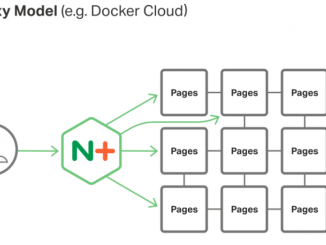
Introducing the NGINX Microservices Reference Architecture
Introducing the NGINX Microservices Reference Architecture The Microservices Reference Architecture will be made available later this year, and will be discussed in detail at nginx.conf 2016 in Austin, TX, from September 15-17. Early bird discounts are available now. Author’s note – This blog post is the first in a series; we will extend this list as new posts appear: Introducing the NGINX Microservices Reference Architecture (this post) Upcoming posts will cover the use of Mesosphere DCOS services in the Microservices Reference Architecture; each of the three models included in the Microservices Reference Architecture; and the Ingenious photo-sharing sample app. I’ve written a separate article about Web frontends for microservices applications. We also have a very useful and popular series by Chris Richardson about microservices application design, plus many other microservices blog posts and microservices webinars. Introduction NGINX has been involved [ more… ]



